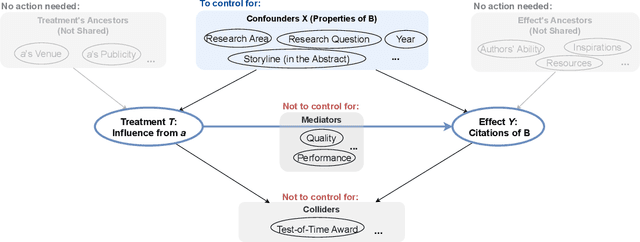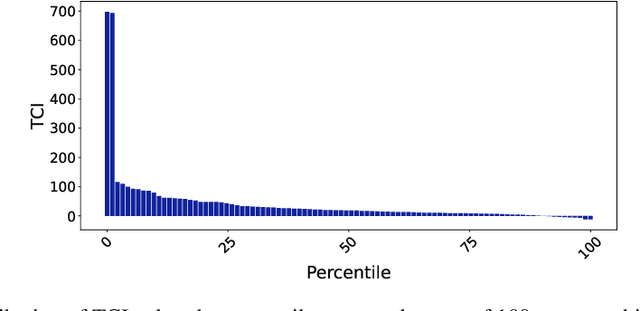Ishan Kumar
Coarse-Grained Configurational Polymer Fingerprints for Property Prediction using Machine Learning
Nov 20, 2023Abstract:In this work, we present a method to generate a configurational level fingerprint for polymers using the Bead-Spring-Model. Unlike some of the previous fingerprinting approaches that employ monomer-level information where atomistic descriptors are computed using quantum chemistry calculations, this approach incorporates configurational information from a coarse-grained model of a long polymer chain. The proposed approach may be advantageous for the study of behavior resulting from large molecular weights. To create this fingerprint, we make use of two kinds of descriptors. First, we calculate certain geometric descriptors like Re2, Rg2 etc. and label them as Calculated Descriptors. Second, we generate a set of data-driven descriptors using an unsupervised autoencoder model and call them Learnt Descriptors. Using a combination of both of them, we are able to learn mappings from the structure to various properties of the polymer chain by training ML models. We test our fingerprint to predict the probability of occurrence of a configuration at equilibrium, which is approximated by a simple linear relationship between the instantaneous internal energy and equilibrium average internal energy.
CausalCite: A Causal Formulation of Paper Citations
Nov 05, 2023



Abstract:Evaluating the significance of a paper is pivotal yet challenging for the scientific community. While the citation count is the most commonly used proxy for this purpose, they are widely criticized for failing to accurately reflect a paper's true impact. In this work, we propose a causal inference method, TextMatch, which adapts the traditional matching framework to high-dimensional text embeddings. Specifically, we encode each paper using the text embeddings by large language models (LLMs), extract similar samples by cosine similarity, and synthesize a counterfactual sample by the weighted average of similar papers according to their similarity values. We apply the resulting metric, called CausalCite, as a causal formulation of paper citations. We show its effectiveness on various criteria, such as high correlation with paper impact as reported by scientific experts on a previous dataset of 1K papers, (test-of-time) awards for past papers, and its stability across various sub-fields of AI. We also provide a set of findings that can serve as suggested ways for future researchers to use our metric for a better understanding of a paper's quality. Our code and data are at https://github.com/causalNLP/causal-cite.
 Add to Chrome
Add to Chrome Add to Firefox
Add to Firefox Add to Edge
Add to Edge